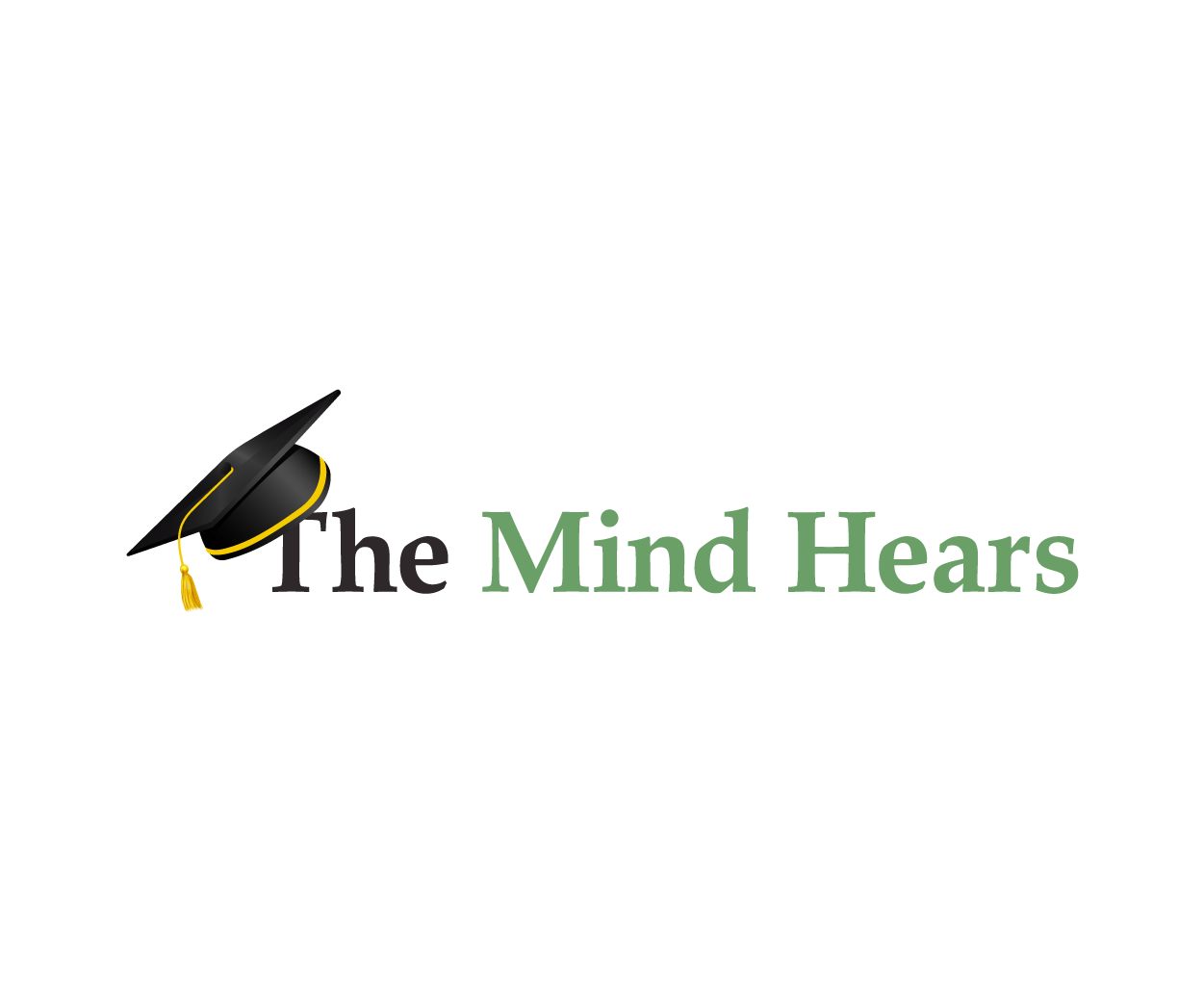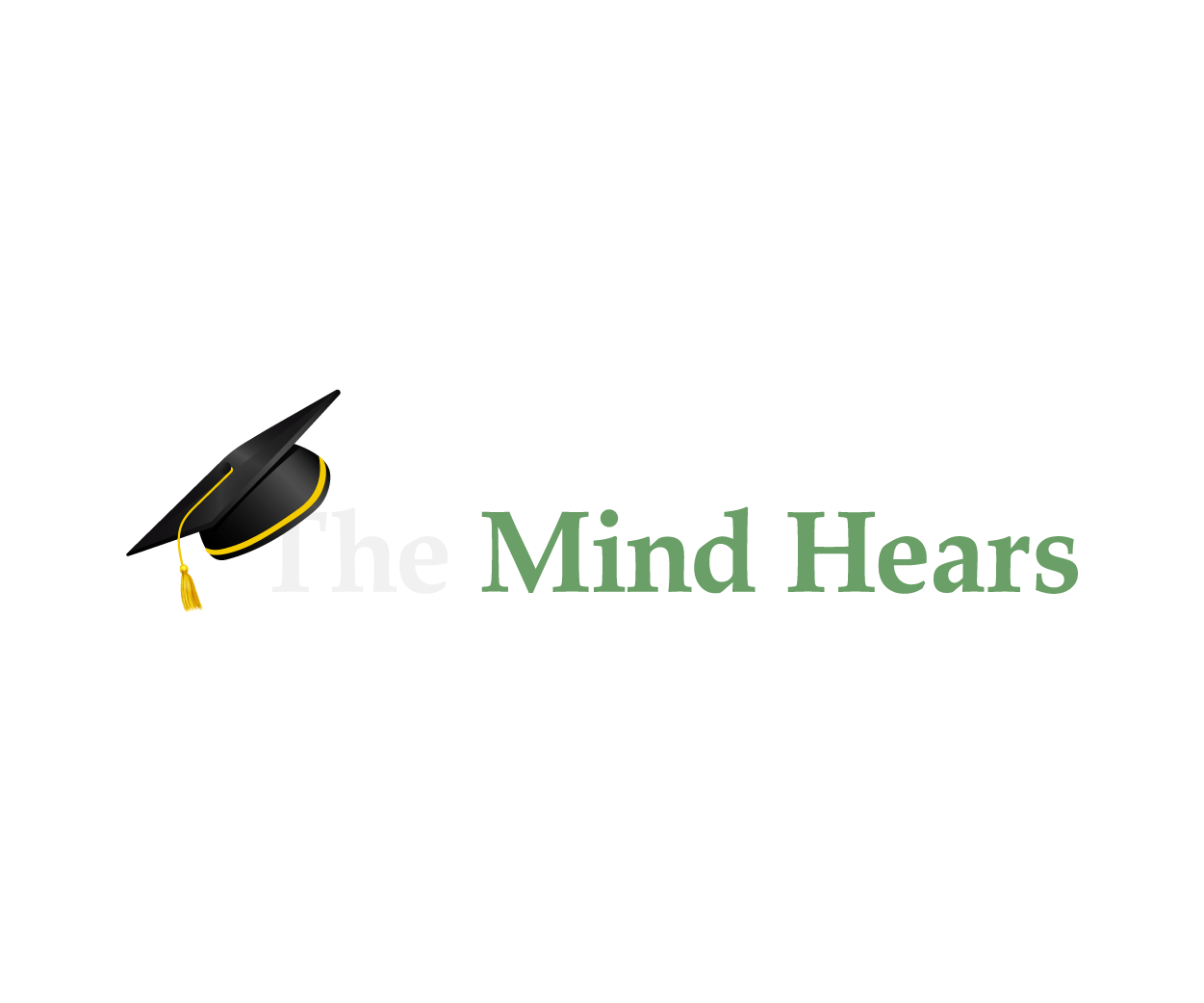deaf academic
Can everybody hear me? Experiences as an hearing impaired faculty member
"People do not recognize the struggles involved on a daily basis for those of us with hearing loss, and the extent to which...
ByDiane HoffmanMay 21, 2024My academic path from self-reliance to self-advocacy to peer-support
Self-reliance seems more of a recipe for isolation and alienation than for increasing the presence of disability in academia
ByAna CaicedoMay 1, 20241 out of 4 people on a hiring committee think I can’t do my job
— Michele “On your faculty job application, don’t say that you have hearing loss ‘cause, you know… you function just fine.” Enmeshed within...
ByMichele CookeOctober 12, 2023Profile: Megan Majocha
Tell us about your background? I am third generation deaf, and I grew up in Pittsburgh, PA. My parents are deaf, and...
ByMegan MajochaAugust 2, 2023Creating community with The Mind Hears open houses
We recently hosted two on-line open house sessions to provide an opportunity for folks to meet other deaf or hard of hearing faculty...
ByThe Mind HearsJune 29, 2023Bridging communication between the hearing and deaf worlds: a conversation with the founders of Ava
Our mission is to make Deaf and hard-of-hearing peoples’ lives easier and happier in any situation, including academia—that’s why Ava was created.
ByThe Mind HearsApril 5, 2023Profile: Nora Duggan
Build up a network of deaf students where you can share tips, or even just rant about barriers you're facing.
ByAcademics' ProfilesFebruary 1, 2023New Year’s Resolution 2023: Improve accessibility of your workplace for your deaf/HoH colleagues
Chances are that someone in your department has hearing loss, whether they’ve disclosed this or not, and will benefit from your efforts to...
ByThe Mind HearsJanuary 4, 2023Profile: Amelia Dall
Perseverance is key for Archeologist, Amelia Dall. All the cool projects that she has been involved with demonstrates Amelia's advice to connect with...
ByAcademics' ProfilesOctober 27, 2022The Sounds of Silence
Stephen Klusza takes us on an enchanting multimedia journey leading up to his decision to get an cochlear implant in grad school.
ByStephen KluszaAugust 11, 2021

















